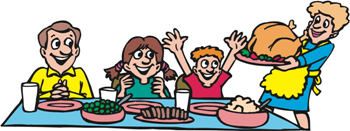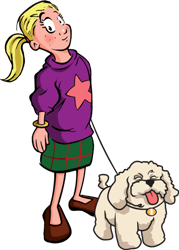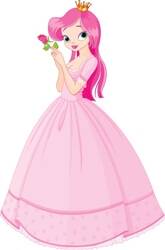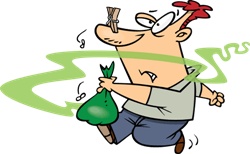The Verb To Be: Forms, and Examples
The verb "to be" is one of the most common verbs in the English language. It has many different forms.
| When? | Who? | Form | Example |
| Base form | be | It can be simple. | |
| Simple Present | I | am | I am here. |
| You | are | You are here. | |
| He/She/It | is | She is here. | |
| We | are | We are here. | |
| They | are | They are here. | |
| Simple Past | I | was | I was here. |
| You | were | You were here. | |
| He/She/It | was | She was here. | |
| We | were | We were here. | |
| They | were | They were here. | |
| Simple Future | I | will be | I will be here. |
| You | will be | You will be here. | |
| He/She/It | will be | She will be here. | |
| We | will be | We will be here. | |
| They | will be | They will be here. | |
| Progressive form | being | He is being unusual. | |
| Perfect from | been | It has been fun. |
The verb "to be" also has many different meanings.
The following are the most important ones.
The meanings of the verb "to be"
1. Exists.
There is a rabbit inside.

There is nothing in the fridge.

There is a problem...

There is a difference.


There is nothing in the fridge.

There is a problem...

There is a difference.

2. Happens.
The party is tonight.

The meeting is down the hall.

Come, it is over there.


The meeting is down the hall.

Come, it is over there.

3. Located.
She is at school.

She is home.

The food is on the table.


She is home.

The food is on the table.

4. Shows identity.
She is Alexis and this is Bob.

He is a singer.

He is not a singer.


He is a singer.

He is not a singer.

5. Shows a quality.
She is beautiful.

It is stinky.

This is dangerous.


It is stinky.

This is dangerous.

The verb "to be" as an auxiliary verb
(helping verb)
Auxiliary verbs are verbs that are used together with the main verb of the sentence to express the action or state.Main verb + auxiliary verb = complete ideaThe verb "to be" can be used as an auxiliary verb to express ongoing (continuing) actions.
For example:
Anna is eating a sandwich.
"Eating" = the main verb.
"Is" = an auxiliary (helping) verb.
"is eating" (a complete idea) = the eating is IN PROGRESS.
More examples:
Kayla is walking home with her friends.
Justin and Ethan are watching a movie.
I am trying to get some sleep.
The verb "to be" in passive sentences
The verb "to be" is used together with the third form of the verb (V3) in passive sentences.For example:
ACTIVE: I eat an apple.
PASSIVE: The apple is eaten.
"Eaten" = the main verb (in the third form – V3).
"Is" = an auxiliary (helping) verb.
"is eaten" (a complete idea) = the subject of the sentence (the apple) is affected by the action.
More examples:
People buy cars. --> Cars are bought.
Someone turned on the light. --> The light was turned on.
He will clean the house. --> The house will be cleaned.
Progressive Forms of the verb "to be"
The progressive form of the verb "to be" is "being."This means the action is ongoing (continuing).
Examples:
The little boy is being naughty.
She was being rude, but then she apologized.
They are being tricked.
Perfect Forms of the verb "to be"
The perfect form of the verb "to be" is "been."This means the action is complete (finished).
Examples:
The little boy has been naughty.
She has been rude, but now she apologizes.
They have been apologizes